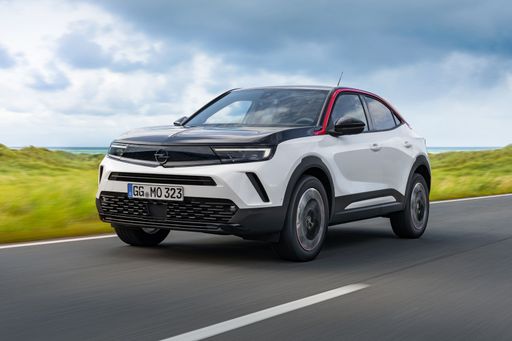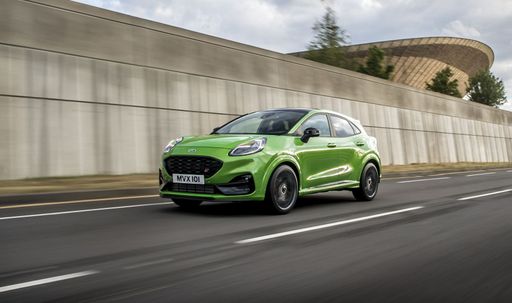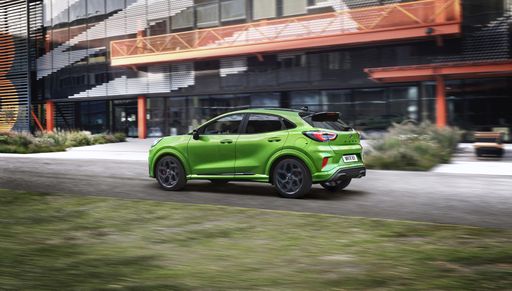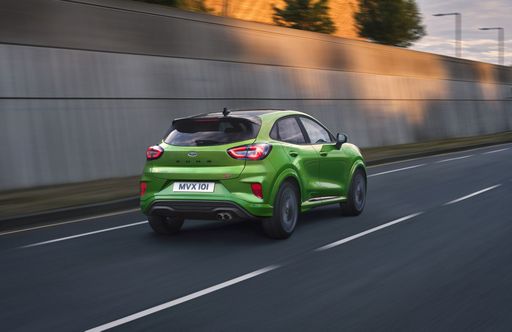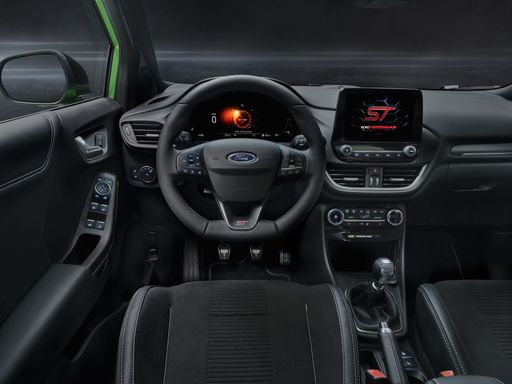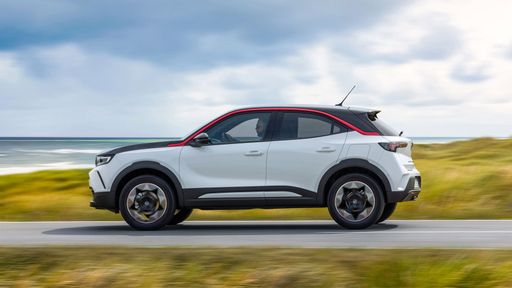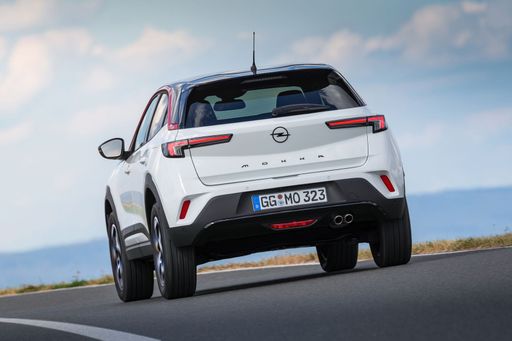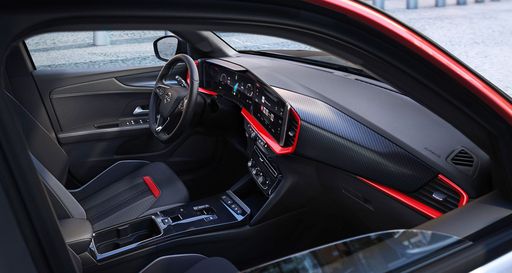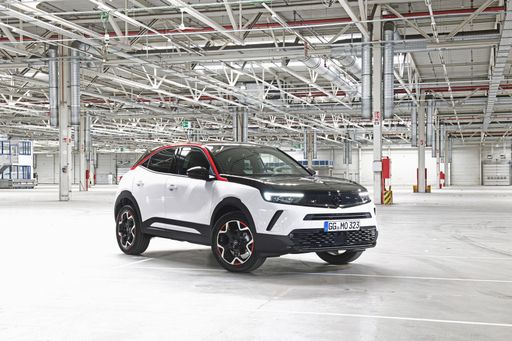Ford Puma vs. Opel Mokka: A Comprehensive Comparison
The small SUV market is becoming increasingly competitive, with numerous options vying for consumer attention. Two popular choices that have emerged in recent times are the Ford Puma and the Opel Mokka. Both vehicles offer unique features, but which one comes out on top? Let's delve into a detailed comparison, focusing on technical specifications, performance, and innovative technologies.

